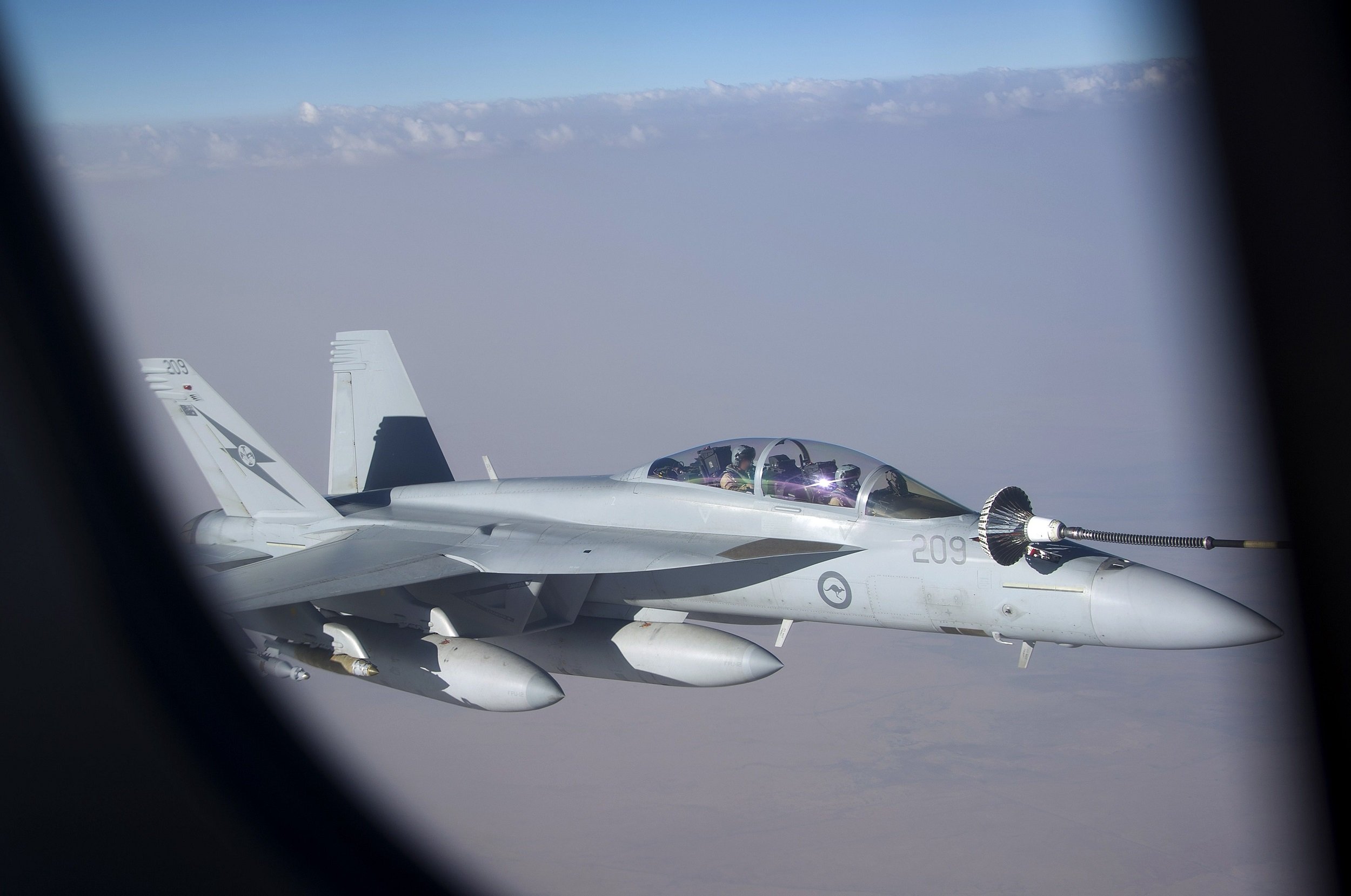
WASHINGTON (Reuters) - The U.S. military is flying Apache helicopters against Islamic State rebels in Iraq for the first time, exposing U.S. troops to greater risk from ground fire as they help Iraqi forces battle the Islamist group that has overrun parts of the country.
U.S. troops flew helicopters against Islamic State fighters on Sunday and again on Monday as they struck at mortar teams and other units near Fallujah, said a spokesman for Central Command, which is responsible for U.S. forces in the Middle East.
"This was the first time rotary wing aircraft were used in coordination with and in support of ISF (Iraqi Security Force) operations," Army Major Curtis Kellogg said in an email. "The Iraqi government asked for support with this capability near Fallujah to push back (Islamic State)."
U.S. officials, speaking on condition of anonymity, said the helicopters that were used were Apache attack helicopters.
Christopher Harmer, a former Navy aviator who is now an analyst at the Institute for the Study of War think tank, said this was a significant escalation in the level of risk being taken by U.S. troops assisting the Iraqi military.
"Fixed-wing aircraft flying at 30,000 feet (9,000 meters) are completely immune from the type of weapons that Islamic State fighters have, but a helicopter is not," Harmer said.
"When you're flying a helicopter 150 feet (50 meters) above the ground, that helicopter can be shot with a rocket-propelled grenade or a heavy machine gun ... so yes it is much more dangerous," he added.
Army Colonel Steve Warren, a Pentagon spokesman, said the decision to use helicopters was taken because of the nature of the targets, but he did not offer details on who made the decision.
Harmer said helicopters would be much more effective at supporting Iraqi ground troops directly engaged in combat with Islamic State fighters because they fly lower and more slowly and are more capable of identifying individual targets.
"If you've got Iraqi army fighting against Islamic State fighters, it's much better to have helicopters supporting the Iraqi army than fixed-wing aircraft," he said.
Warren said the military considered the risk of flying helicopters before deploying them. The military conducts "risk assessments with every single operation we execute and in this case the decision was made that that platform was the appropriate platform for the target set," he said.
Central Command said in a release on Sunday that U.S. forces conducted four strikes northeast of Fallujah, hitting two mortar teams, a large ISIL unit and two small ISIL units. It said in a release on Monday that two strikes northeast of Fallujah destroyed two mortar placements and an Islamic State bunker.
It was not clear from the Central Command statement whether all or only some of these strikes were conducted from U.S. helicopters.
THE STRIKES
The United States and its allies have conducted at least 341 airstrikes in Iraq and Syria since Aug. 9, according to statements issued by U.S. Central Command up to Monday.
Of these, 94 were in Syria and 247 in Iraq. With the exception of eight strikes against the al Qaeda-related Khorasan Group in Syria on Sept. 23, all have been against Islamic State militants.
Central Command says the coalition has destroyed or damaged:
- 40 Islamic State tanks and other armored vehicles
- At least 160 "armed vehicles," carrying machine guns, anti-aircraft weaponry, rockets or similar equipment
- 59 U.S.-built Humvees seized by the Islamic State group from Iraqi forces
- 66 various other vehicles
Central Command also reported the following attacks on Islamic State forces:
- 55 strikes on fighting positions
- 21 on checkpoints
- 7 on command posts
- 7 on improvised explosive device (IED) emplacements
- 39 strikes on other targets variously described as buildings, arms caches, training camps, etc
It said the attacks on the Khorasan Group near Aleppo, Syria, destroyed three command posts as well as three other buildings used by the small cell of hardened al Qaeda militants who had planned attacks on Europe or the United States.
Central Command has reported no casualties among the coalition except for one U.S. service member killed on Oct. 1 in a V-22 Osprey crash in the Gulf.
Uncommon Knowledge
Newsweek is committed to challenging conventional wisdom and finding connections in the search for common ground.
Newsweek is committed to challenging conventional wisdom and finding connections in the search for common ground.
About the writer
To read how Newsweek uses AI as a newsroom tool, Click here.








